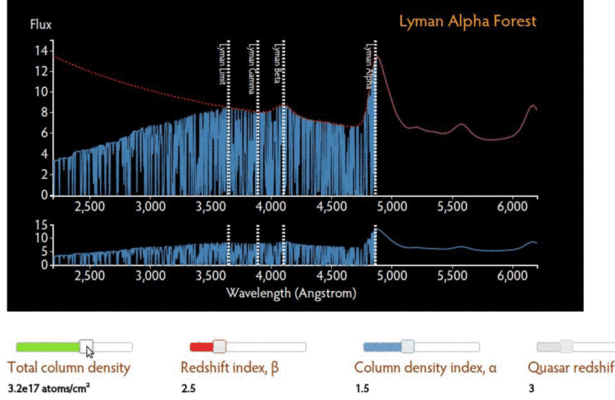

Figure 3 below shows the scope and camera. This camera and telescope combination can easily image down to 19 magnitude, so capturing the quasar normally is not a big deal given that it’s a rather bright 12.9 magnitude. The spectrograph grating used was a Star Analyser 200 the average exposures were 1 minute, and I stacked about 40 frames.
QUASAR SPECTRA PRO
The imaging camera was a ZWO 294mc Pro cooled to -10 and using about 300 gain. To image this object I used a Celestron CPC 11 telescope with a 0.63x reducer for an effective focal length of approximately 1700mm. 3C 273 is magnitude 12.9, which means you need a good telescope to see it. Astronomers use the magnitude scale to measure how bright stars are, and if we were in a very dark place on Earth, such as the North Pole, we could see up to magnitude 6, with the brightest stars in the sky at about magnitude 0 or 1, which we can see from New York City. Even the most powerful telescopes on Earth just show this like a dim star because it is so far away. This object is in the constellation Virgo and was originally labeled by the Tycho stellar catalog as TYC 0282-0202 when it was believed it was just an ordinary star.

One of the first quasars ever detected was 3C 273 in 1963.

A quasar imagined by an artist Source: NASAīecause quasars are so bright, they can be very, very, very far away, and still we can detect them with our telescopes here on Earth. However, when a black hole is devouring some stars, or maybe chewing apart an entire galaxy, it will be sucking in the star material with such ferocity that the star gases will glow super-brightly (Figure 2).įigure 2. A black hole is a point of gravity so intense that light cannot escape it is invisible and usually only detectable by its powerful gravity. A typical quasar is about 100 trillion times brighter than our sun! A quasar is basically a black hole that has an incredibly fast spinning cloud of gas orbiting it which in turn glows super-bright, making the quasar glow brighter than an entire galaxy of stars. Quasars were discovered in 1960 today we know these objects as among the most energetic sources in the universe. But that is still not very much when you think about the scale of the universe being 15 billion light years or more! They found certain types of variable stars or even supernova explosions that could help them measure out to 500 or so light years. About 100 years ago astronomers discovered a few other methods to measure greater distances. This works fine, until about 50 or so lightyears out, because at greater distances the base side of the Earth’s orbit is so little as to make the calculation very inaccurate. Extending this to astronomy, if we measure a nearby star in June and then again in December we can use the distance from the Earth to the Sun as one side in our triangle, and then calculate the distance to the star (Figure 1). The jumping in the location of your finger is due to the changed perspective of your left versus right eye. Parallax is easy to visualize: stick your finger out and close one eye, then open the other eye, closing the first. Yet, when we try to measure the distance to the nearest star, Alpha Centauri, if we used radar we would need to wait over 8 years for the radio waves to go there and come back, so instead astronomers use a geometry concept called parallax. Measuring the distance to a nearby object like the Moon is easy and can be done with very high accuracy using radar. As a result, scientists have been forced to adapt different methods to try and gauge and measure the vast stellar distances across the universe. Distances in space are very difficult to measure accurately because of the extreme scales and limited practical resources available for space exploration.


 0 kommentar(er)
0 kommentar(er)
